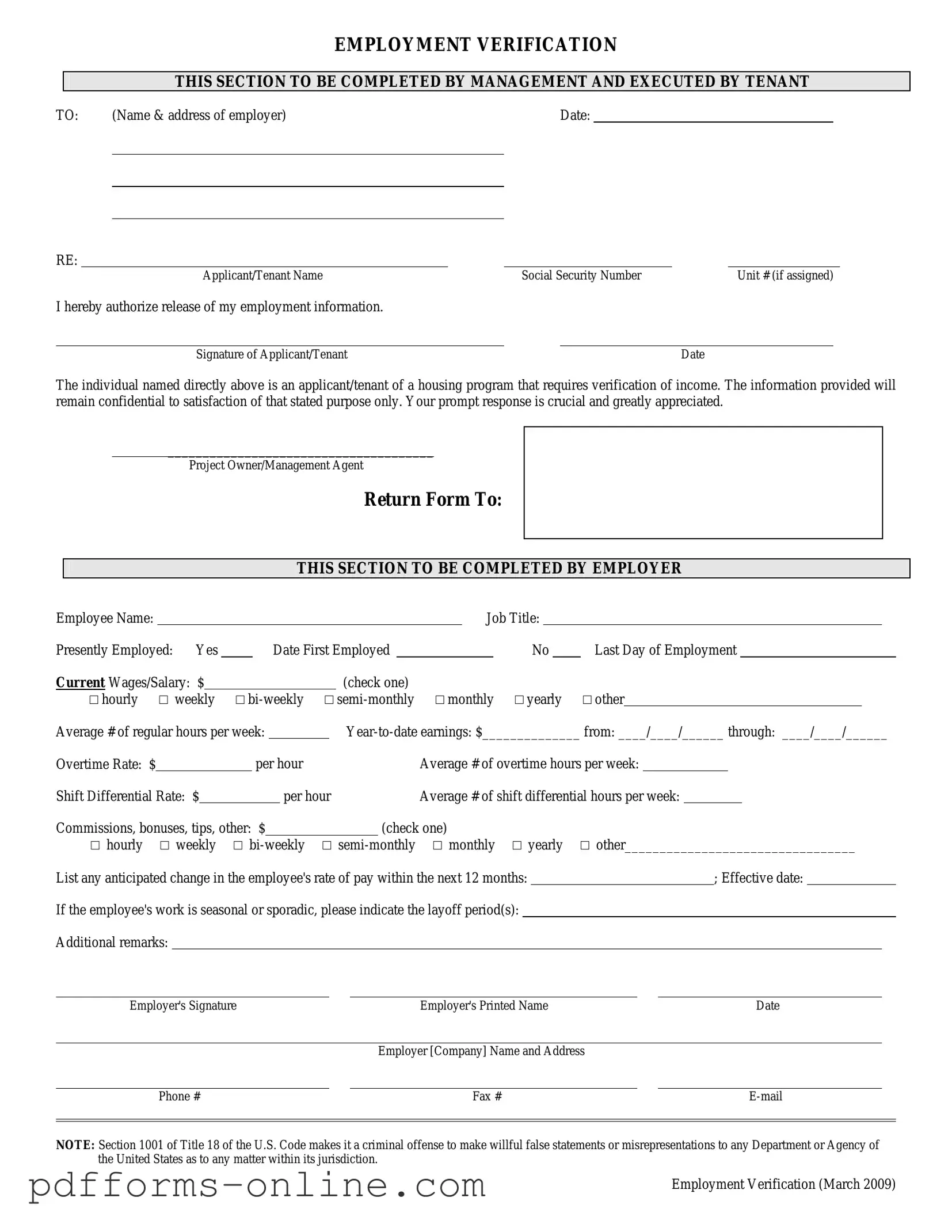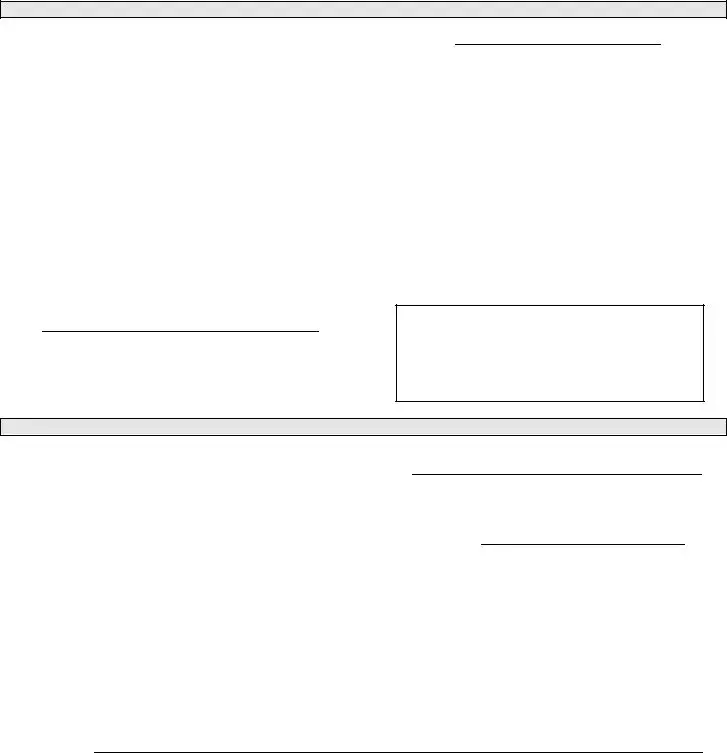The employment verification letter serves a similar purpose to the employment verification form. This document is typically written by an employer to confirm a current or former employee's job title, duration of employment, and salary. It provides a more personalized touch, often including specific details about the employee's role and contributions to the company. While the form may be more standardized, the letter offers a narrative that can help the recipient understand the employee's capabilities and experiences more comprehensively.
Another document akin to the employment verification form is the reference letter. This letter is usually written by a supervisor or colleague and highlights the employee's skills, work ethic, and achievements. Unlike the employment verification form, which focuses primarily on employment status, a reference letter provides qualitative insights into the employee's performance and character. This can be especially beneficial for job seekers looking to bolster their applications with personal endorsements.
The pay stub is another document that shares similarities with the employment verification form. A pay stub details an employee's earnings, deductions, and hours worked. While it does not serve as a formal verification of employment, it provides concrete evidence of income and employment duration. Employers may use pay stubs to supplement the information provided in the verification form, especially when financial verification is required.
The W-2 form is also relevant in this context. This tax document summarizes an employee's annual earnings and the taxes withheld from their paycheck. Employers often provide this form to verify employment and income when employees apply for loans or mortgages. Like the employment verification form, the W-2 serves as an official record of employment, though it encompasses a broader time frame and financial information.
In addition, the offer letter is a document that bears resemblance to the employment verification form. This letter is issued when a job offer is made and outlines the terms of employment, including job title, salary, and start date. While it is used primarily during the hiring process, it can serve as a point of reference for verifying employment if the candidate later needs to confirm their job history.
Lastly, the employment contract is another document that relates closely to the employment verification form. This legally binding agreement outlines the terms and conditions of employment, including job responsibilities, compensation, and duration of employment. While the verification form is often used for confirming employment after the fact, the employment contract serves as a foundational document that establishes the relationship between employer and employee from the outset.

